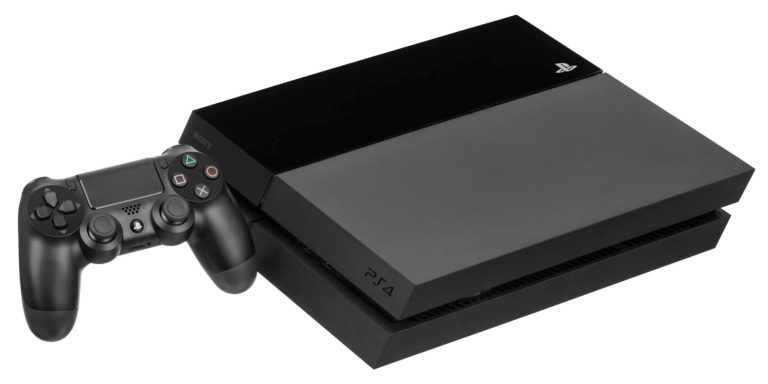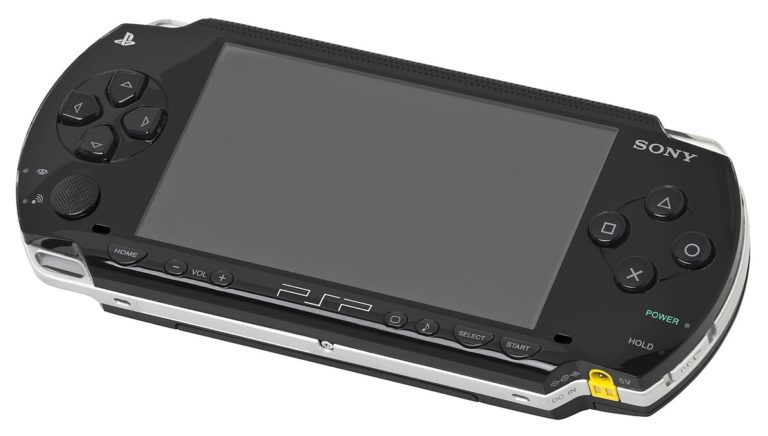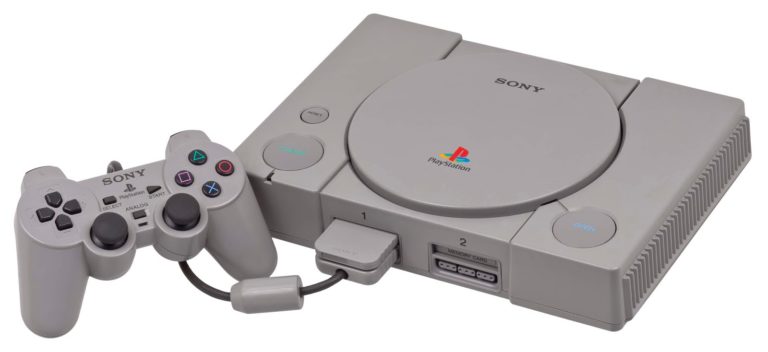While I was researching and writing my article about the PSM video game girl swimsuit issues, I...
PlayStation
Love The Games – The PS4 has been a massive success and that mainly comes down to...
Love Amazing Hardware – The hardware of the PS Vita is, simply put, fantastic. In fact, I’d...
Love Great Hardware – The PSP was a really great little handheld. It was very well-designed, felt...
Love Built-in DVD Player – Having a CD player in the PS1 was a nice convenience, but...
Hey, it’s time for another Love/Hate series! This time we’re going to be going through each of...





